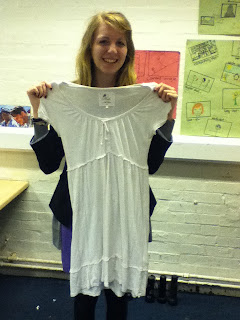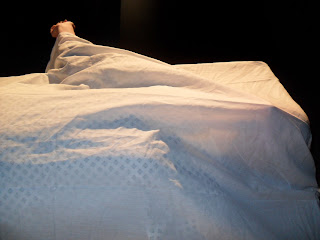1940/50s
WWII had a big impact on horror films, as millons died, most citizens experienced real fear and death. The Roswell UFO incident also occured in 1947, and influenced films around this time.
FIlms were referred to at this time as B-movies as they were often low budget.
Wolfman (1941)
Godzilla (1954)
Dracula (1958)
The key conventions of this era include monsters and disease, as shown in the J-movie, 'Godzilla' and 'Wolfman'.
1960/70s
Censorship decreased and so there was a rise in splatter films in the 60s, popularised by film-maker, Herschell Gordon Lewis, and slasher films in the 70s.
Psycho (1960)
Night of the Living Dead (1968)
The Excorcist (1973)
The Texas Chainsaw Massacre (1974)
Halloween (1978)
The key conventions of this era include death, gore, violence, murders and childhood fears. However, from the beginning of the era, the number of deaths decreased in films.
2000s
Re-makes were popular in this era, including Halloween, as directors wished to repeat the commercial success of the original film. There was a rise in new technology, which was portrayed in films such as 'Cloverfield', and there was also an increased use in special effects. Boundaries were also pushed between horror and comedy, such as in Final Destination.
Final Destination (2000)
28 Days Later (2002)
Dawn of the Dead (2004)
[REC] (2007)
The key conventions of this era include gore and torture, such as in 'Saw'. Teenagers became to be used a lot more as they were stereotypically vulnerable.









































